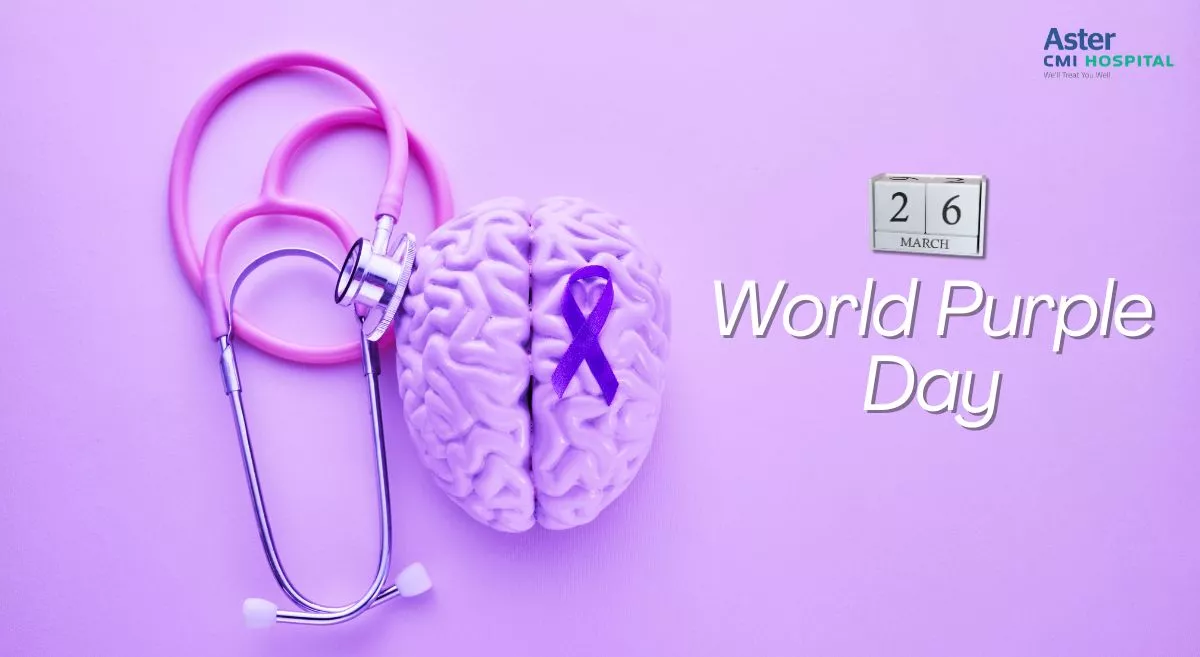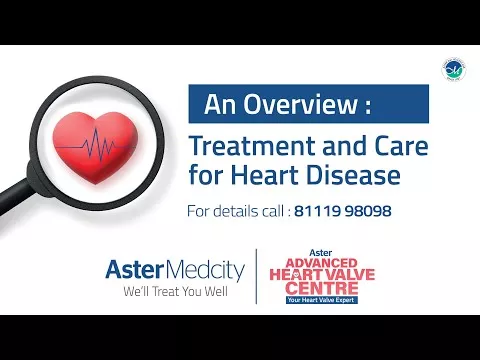There have been significant advances in the treatment of coronary artery disease (CAD) over the years. These advancements aim to improve patient outcomes, reduce symptoms, and prevent complications. Here are some notable advances in the treatment of CAD:
- Percutaneous Coronary Intervention (PCI): PCI, commonly known as angioplasty, is a minimally invasive procedure used to open narrowed or blocked coronary arteries. It involves inserting a catheter with a balloon into the affected artery and inflating it to widen the artery. In recent years, the use of advanced techniques such as drug-eluting stents (DES) has significantly reduced the rate of re-narrowing (restenosis) after the procedure.
- Coronary Artery Bypass Grafting (CABG): CABG is a surgical procedure used to bypass blocked or narrowed coronary arteries. In this procedure, a healthy blood vessel, often taken from the patient's leg or chest, is grafted to reroute blood flow around the blocked area. Advances in CABG include the use of minimally invasive techniques, off-pump surgeries (where the heart doesn't require a heart-lung machine), and hybrid procedures combining PCI and CABG.
- Transcatheter Aortic Valve Replacement (TAVR): TAVR is a minimally invasive procedure used to replace a diseased aortic valve without open-heart surgery. It involves inserting a new valve through a catheter, typically through the femoral artery in the groin or a small incision in the chest. TAVR has revolutionized the treatment of severe aortic stenosis, especially in high-risk or inoperable patients.
- Enhanced Diagnostic Imaging: Advances in diagnostic imaging techniques have improved the accuracy and efficiency of diagnosing CAD. Multi-slice computed tomography (CT) scans, cardiac magnetic resonance imaging (MRI), and positron emission tomography (PET) scans can provide detailed images of the heart's structure, function, and blood flow, aiding in the diagnosis and treatment planning for CAD.
- Medical Therapies: The development of newer medications has expanded treatment options for CAD. Statins, antiplatelet agents, and anticoagulants play a crucial role in managing cholesterol levels, preventing blood clots, and reducing the risk of complications. Novel antiplatelet drugs, such as P2Y12 inhibitors like ticagrelor and prasugrel, have shown improved outcomes in certain patient populations.
- Lifestyle Interventions and Cardiac Rehabilitation: Emphasizing lifestyle modifications, including regular exercise, healthy eating habits, smoking cessation, and stress management, remains an integral part of CAD treatment. Cardiac rehabilitation programs provide structured exercise training, education, and support to help individuals with CAD improve their overall cardiovascular health and reduce the risk of future events.
- It's important to note that the treatment approach for CAD varies depending on individual patient factors and the extent and severity of the disease. Consultation with a healthcare professional is necessary to determine the most appropriate treatment options for each individual.
Listen to the expert Dr. Rajiv C, Senior Consultant - Interventional Cardiology speaks about Treatment and Care for Heart Disease.








